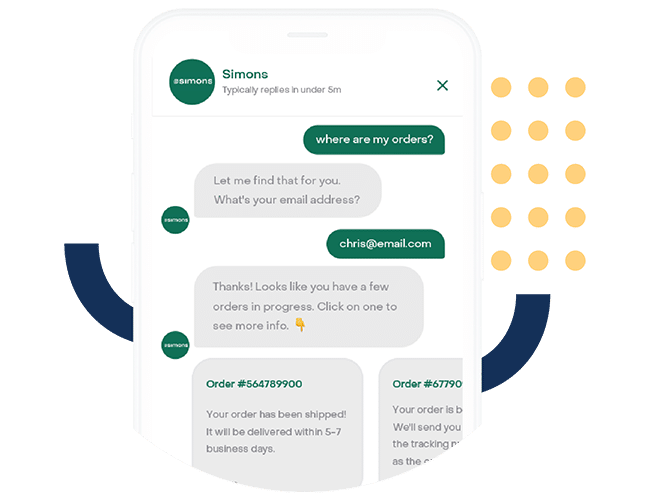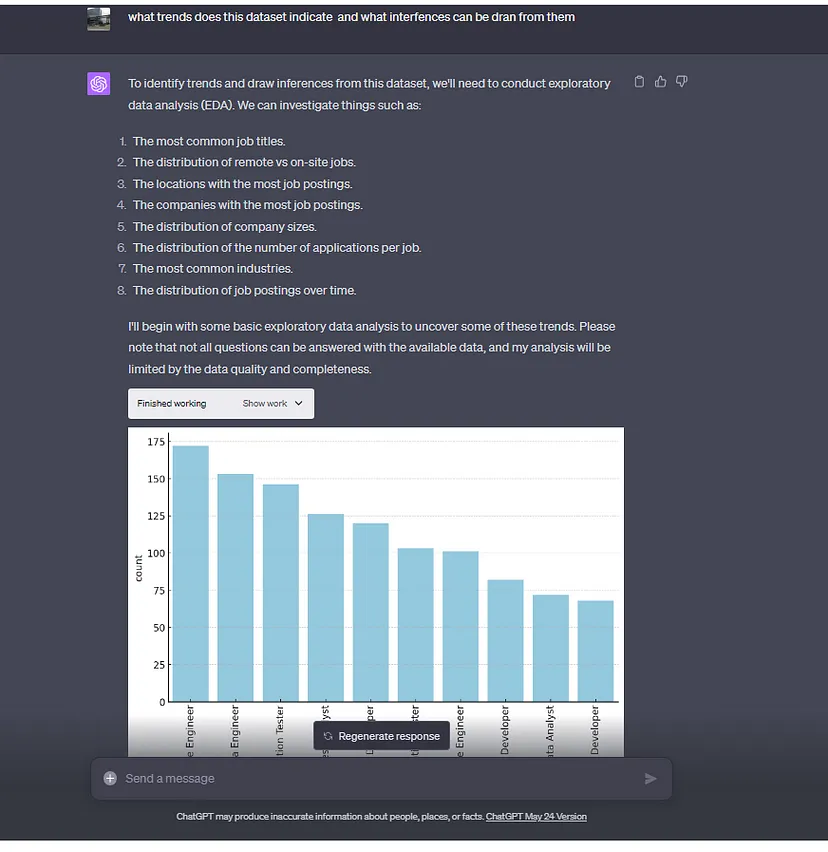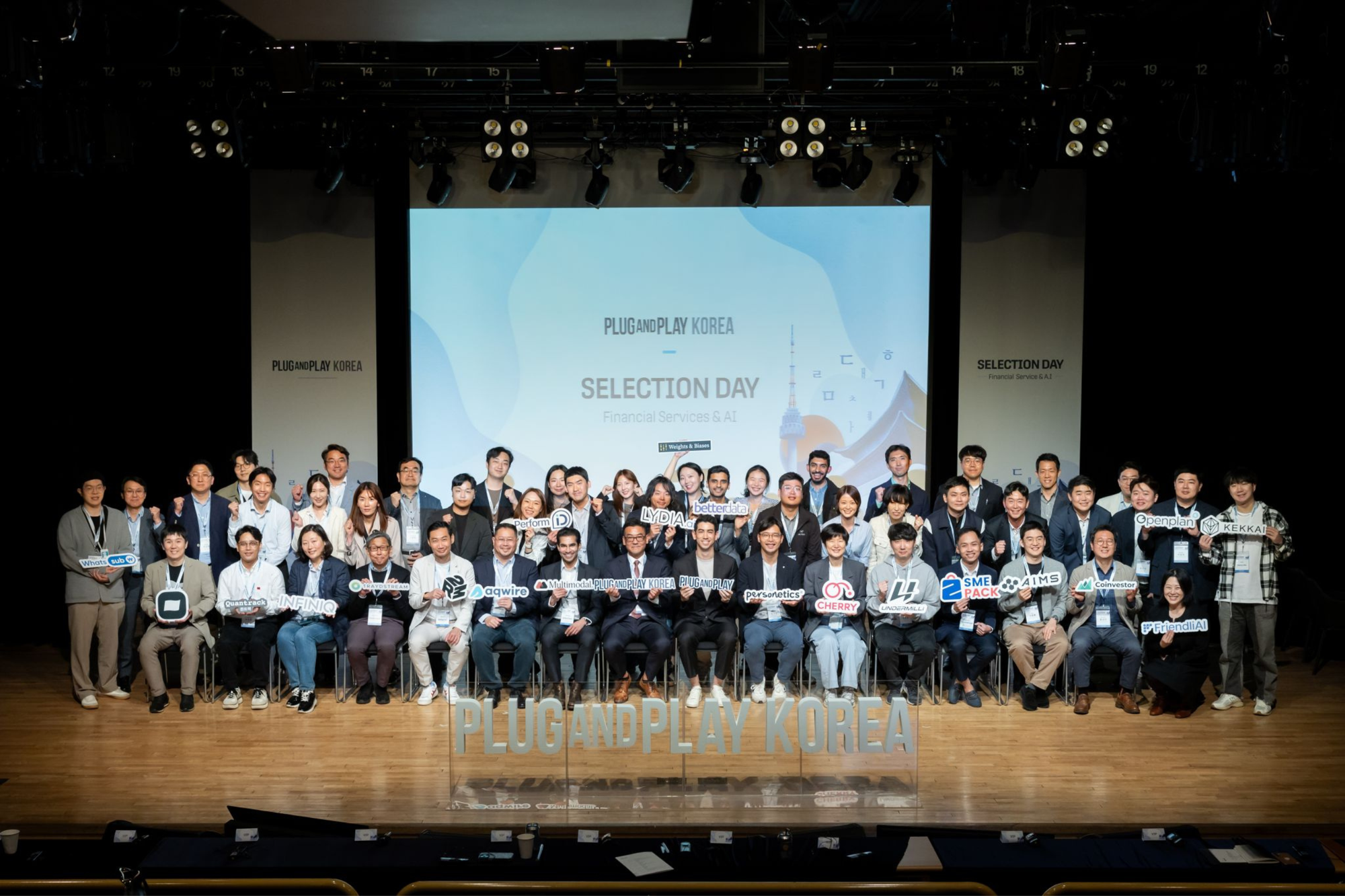Key Takeaways
- The GPT models have shown significant advancements in scale and capabilities from GPT-1 to GPT-4, with each model being more reliable than the last.
- GPT can be fine-tuned for specific applications, making it adaptable to changing business needs.
- OpenAI’s effective marketing strategies combined with ChatGPT’s user-friendly interface were crucial reasons why ChatGPT gained widespread popularity.
- GPT has found applications in creating high-quality content, conversational AI, and data analysis, changing how businesses engage with their audiences.
- GPT has improved productivity and innovation, which aids businesses in adapting to the changing market.
- Although the GPT models have received a lot of attention, other competitors like open-source models have emerged as contenders to overtake GPT eventually.
One of the most innovative creations in artificial intelligence (AI) is the generative pre-trained transformer (GPT) model by OpenAI. Not only are they state-of-the-art language models, but they are also a symbol of the potential of modern AI.
Let’s explore how GPT rose to prominence and its position in the AI race.
The Evolution of GPT
AI offers solutions that can automate various tasks, provide insights, and improve user experiences. More specifically, language models showed huge potential in uses like chatbots for customer service and content generation for marketing.
In particular, the GPT models stood out as tools that could completely change the way businesses operate and engage with their audiences.
History of GPT-1 to GPT-4
Although the more recent GPT models, like GPT-3, significantly improved the popularity of large language models (LLM), the earlier stages of GPT models weren’t as well-known.
GPT-1
The first GPT model was introduced in 2018. It had 110 million parameters and showcased how a language model could be trained on vast amounts of text data to generate coherent text outputs based on the provided input. Despite being the first version of the GPT models, it was still valuable for tasks like content creation and answering questions at a competent level.
GPT-1 showcased the potential of large-scale language models and laid the foundation for future iterations of the GPT models.
GPT-2
GPT-2 was released in 2019, with significant improvements over the first model in scale and applications. With 1.5B parameters, GPT2’s ability to generate contextually accurate text drastically improved over its predecessor.
It was also trained on the WebText dataset, giving the model a broader understanding of more topics and styles. As a result, businesses found use in GPT-2 for various use cases like:
- Customer support
- Data analysis
- Generating product descriptions
GPT-2 led to more opportunities for businesses to automate tasks that previously required humans, improving efficiency in their operations. It set the stage for more sophisticated models like GPT-3.
GPT-3
GPT-3 revolutionized LLMs and led to the field gaining widespread popularity by showcasing how powerful language models are at various tasks. It had 175B parameters, meaning the text generated was very similar to human text.
Moreover, this large number of parameters meant that GPT-3 could often perform well at tasks it had seen few examples of previously, making it versatile for various business use cases.
Although GPT-1 and GPT-2 were also able to produce content, GPT-3 produced higher-quality text, making it useful for marketing teams to create content consistently.
GPT-3 also saw usage in chatbot applications due to its deep understanding of language, allowing businesses to improve their customer service.
GPT-3 significantly impacted various industries with its huge number of use cases and redefined how businesses could use AI.
GPT-4
GPT-4 was released in March 2023 and continued to offer improvements over its predecessors.
In particular, GPT-4 offers improved performance at complex tasks over GPT-3. This means businesses could further automate various workflows and tasks that weren’t possible with previous GPT models.
Moreover, GPT-4 is less prone to errors and maintains high accuracies in its responses, reducing the likelihood of businesses making a costly mistake due to incorrect outputs from the model.

The GPT models have become more advanced with each version, becoming more reliable and versatile than the previous.
What Sets GPT Apart?
Although there are a number of other language models, the GPT models stand out for many reasons, such as their advanced transformer architecture and large training data.
Advanced Transformer Architecture
The transformer architecture is the backbone of the GPT models and has advanced the field of natural language processing.
One key component of the transformer architecture is the self-attention mechanism. This lets the model prioritize the most relevant parts of the input, giving more attention to certain sections of the text than others.
This means the model has improved contextual understanding in longer texts by determining how important each word is relative to the other words in the sentence. An improved understanding of text means, for example, that chatbots and virtual assistants using the self-attention mechanism will provide more relevant responses.
Moreover, increasing the size of the model results in improved performance, which we saw earlier in how the more recent and larger GPT models are able to perform better than earlier models. Unlike the transformer architecture, not all models scale so well with size and data.
Large Training Data
The use of larger training data results in improved performance due to exposure to massive quantities of textual data.
Therefore, the GPT models are helpful for chatbot applications in multiple industries since they are versed in industry-specific terminologies. As a result, they can effectively engage in conversations relating to a certain industry and provide more reliable customer interactions in a range of situations.
Large training data also gives the model a better contextual understanding, such as when the term “blue chip” refers to established companies in a financial context. If the model had less training data, it’s possible these context-specific terms would be incorrectly interpreted.
It also helps the model gain customer insights from improved sentiment analysis by noticing more subtle meanings in texts like customer feedback. This allows organizations to create more informed business strategies.
Versatility
As we mentioned before, the large training datasets that the GPT models use allow them to be flexible in a wide spectrum of applications. One example would be the range of topics that the models can answer questions about, such as finance, law, and healthcare.
Moreover, the GPT models can be further fine-tuned for more specific applications using smaller datasets. One example includes fine-tuning the model using legal documents as training data to better understand them.
The architecture of the GPT models also means that they can be updated with new data, allowing them to adapt to changing business needs or global contexts.
Great Marketing and UX
Although we’ve seen how the GPT models offer a practical solution to various problems, this isn’t the only reason they’ve been the center of attention recently.
Another big contributing factor to the success of GPT models like ChatGPT is the UX. Non-experts in NLP can utilize the power of ChatGPT by simply entering a text input to receive a text output in a chatbot-like application with a friendly user interface.
Moreover, OpenAI marketed ChatGPT more than other language models by releasing research papers, blog posts, and demos. This showcased the capabilities of the models to technical experts and the general public. It also helped that OpenAI was already an established and credible brand, further contributing to the acceptance of ChaGPT.
In fact, some models can outperform ChatGPT in certain aspects but were overshadowed by the app’s great UX and marketing. In particular, open-source models have been shown to rival or surpass ChatGPT at various tasks.
Real-World Applications of GPT
The capabilities of the GPT models have opened many doors for various real-world applications for businesses.
Content Creation
Content creation is vital for brand awareness and visibility by helping businesses be seen as authorities in their industry. Moreover, it lets businesses engage with their audience regularly to improve trust.
As the GPT models have been trained with such large quantities of data, they can create human-like text. Some benefits of using GPT for content creation include:
- Efficiency: GPT can quickly create text for content for various mediums. Some examples would be businesses being able to create a blog post in a shorter time frame, along with posts for social media platforms.
- Cost-effective: Businesses can avoid the use of large content teams or external agencies since GPT can help with creating a marketing strategy along with generating text for content.
- Consistency: Creating content consistently is an issue businesses face often, but with GPT, this problem is alleviated.
Conversational AI
GPT’s exceptional understanding of natural language makes it ideal for conversational AI applications. Instead of providing pre-defined responses like traditional chatbots, GPT-powered conversational AI generates responses based on the situation. This means that conversational AI can engage in more human-like conversations.
Instead of providing pre-defined responses like traditional chatbots, GPT-powered conversational AI generates responses based on the situation.
Business benefits of using GPT for conversational AI:
- Improved customer support: GPT-powered conversational AI is available to customers anytime and without delay.
- Scalability: Businesses can handle significant numbers of queries at once without having large customer support teams.
- Lower operational costs: Businesses can have fewer employees focusing on customer support.
- Data collection: The data from conversational AI can be used to gain insights for improving products, services, and support.

Research and Data Analysis
Going through massive amounts of data is a challenge many businesses face. The GPT models can go through lots of data to generate reports and summarize findings.
- Save time: Going through so much data using traditional methods would take a long time, while GPT can quickly analyze large datasets without human involvement.
- Make informed decisions: The insights gained from analyzing large datasets can be used to create a data-driven business strategy.
- Advantage over competitors: Using GPT for data analysis allows businesses to stay ahead of market trends by being able to analyze data quicker.

GPT’s Impact on Businesses
Although GPT has changed how businesses can handle various tasks, it’s also improved their productivity and innovation.
Productivity
Since GPT can automate various tasks, fewer employees need to be assigned to these tasks. This reduces operational costs and lets employees focus on more creative tasks instead.
Moreover, GPT can help with training and onboarding new employees by giving immediate answers to their questions and reducing the learning curve. By acting as an interactive tool, GPT can make the onboarding process smoother.
Although GPT isn’t completely error-free, the language models are still likely to make fewer mistakes compared to humans, which results in more consistent and accurate outcomes.
Multitasking also becomes easier with the use of GPT, as it can handle various tasks simultaneously without sacrificing quality. This is especially useful for times of peak demand for businesses, as GPT can help ensure that the quality of service is consistent throughout.
Innovation
GPT’s language translation capabilities allow businesses to expand their market reach by appealing to audiences in multiple languages when publishing content. It also opens opportunities for international collaborations with potential business partners in other countries and different industries.
Idea generation also becomes more accessible with GPT, as it can act as a brainstorming tool by suggesting new ideas and solutions based on the input provided. This makes tasks like product development and creating marketing strategies easier.
User engagement can be enhanced with GPT by offering personalized recommendations. Examples include tailoring content to specific users on a website or making personalized product recommendations.
With GPT’s ability to quickly analyze large datasets, it can be used to analyze social media trends, news, and other data sources so businesses can quickly adapt to the rapidly changing market.
Challenges and Criticisms
Even though GPT has various advantages, it also presents numerous challenges.
Ethical Concerns
One concern surrounding GPT is that it could lead to employees being displaced from their jobs due to the language model's ability to automate several tasks. This means certain roles don’t require a human and can be fully performed by AI. Businesses may need to focus on upskilling their employees for complex jobs that AI can’t easily automate.
In addition, the GPT models are known for producing biased outputs. This is because they were trained on vast amounts of data, some of which contained biased information. As a result, the model will learn from this biased data and reflect it in some of its outputs.
Another concern is using personal data during the training process of the GPT models. If the training data contains personal information, this could also be reflected in the model’s outputs, resulting in privacy breaches.
False Outputs
Another issue that the GPT models face is the issue of false outputs. Occasionally, the language model will “hallucinate”, producing factually incorrect outputs.
This means that businesses relying on GPT outputs without human verification could suffer from critical mistakes produced by incorrect outputs. An example would be using GPT for financial forecasting. If a human doesn’t verify the model’s output, the incorrect prediction could lead to financial losses.

The Future of GPT
As we saw with the evolution of the GPT models, it’s likely that future iterations are going to continue improving in terms of contextual understanding, accuracy, and efficiency. This will lead to fewer errors and a better understanding of input instructions, making them more reliable for business applications.
GPT is currently known for its high-performance language capabilities, but it’s likely that it will take a multimodal approach in the future by adapting its technology to other types of data. This includes the language model being able to use videos and images as input data, which would further improve GPT’s applicability in areas like healthcare and entertainment.
We’ve explored how GPT can automate several tasks, which may lead to a shift in job roles. AI has the potential to replace repetitive tasks but also create new roles like AI management and integration.
GPT’s success acts as a benchmark for other AI models by pushing the boundaries of capabilities and setting a new standard. Although GPT raises ethical concerns, we’re likely to see future GPT models focus on producing safer outputs with little to no biased or personal information.
GPT Competitors: Notable Alternatives
Even though models like GPT-4 are considered among the best language models available currently, other language models are slowly catching up. Specifically, open-source models that have their code and weights publicly available.
As ethical concerns are particularly notable with the GPT models, open-source language models like LLaMA 2 by Meta AI have heavily emphasized safe outputs. This is seen by the model consistently achieving less than 10% violation scores, the lowest score achieved among LLMs.

Another notable open-source LLM is WizardLM, which uses a unique approach to the training process to achieve similar performance to GPT-4 in various tasks. In particular, the WizardLM models are very competent at technical tasks like answering challenging questions.
Using GPT for Your Business
GPT offers transformative potential, from automating repetitive tasks to providing high-quality customer support 24/7.
The adaptability of GPT helps drive innovation and efficiency since the model can be fine-tuned for specific business requirements, helping it achieve higher accuracy and specialization in a particular area.
Contact us to learn how your business can leverage GPT to its full potential.
.svg)
.webp)

.webp)